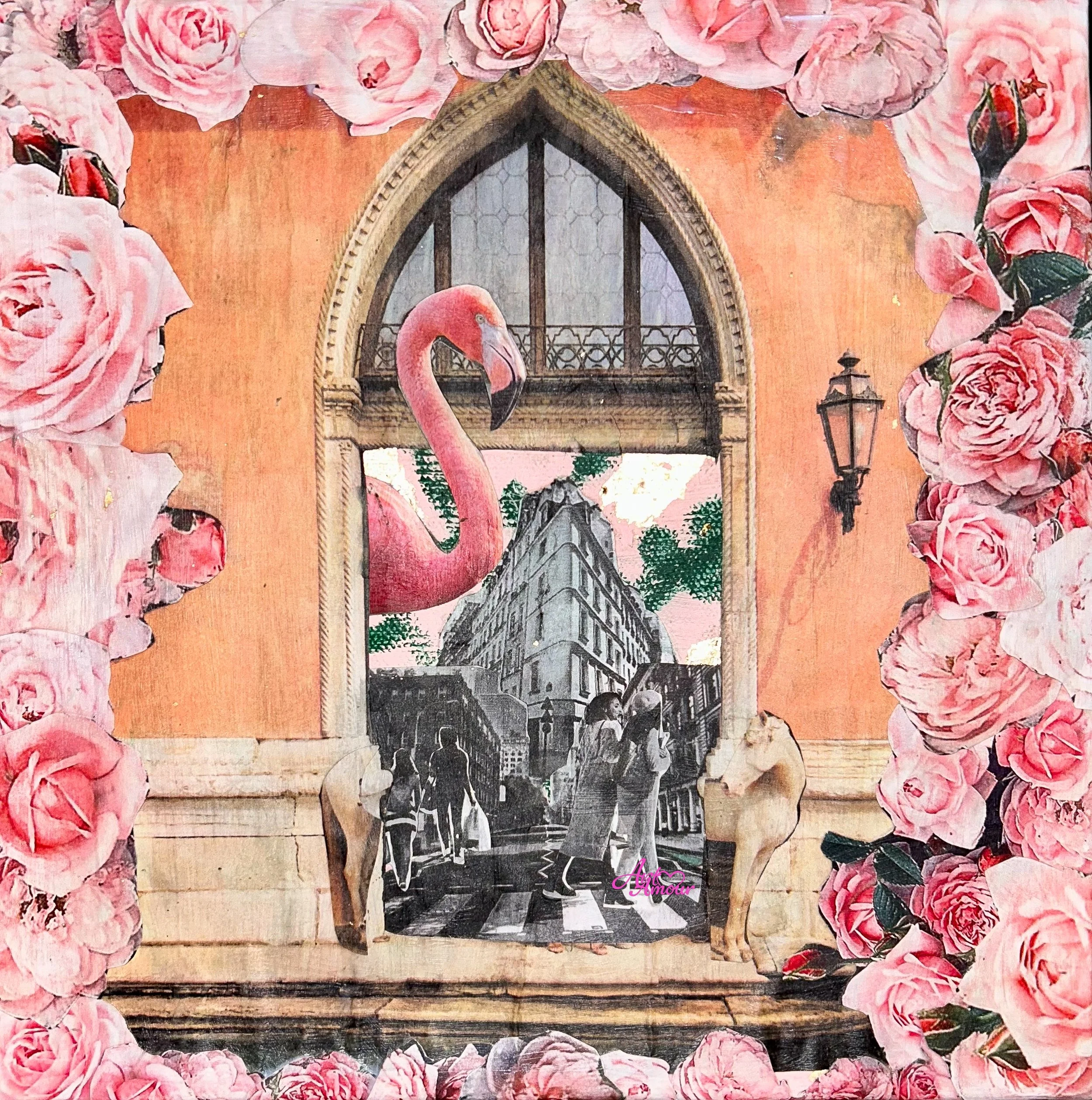The Art of Collage: Transforming Everyday Images into Stories
Collage is more than paper and glue… It’s a language of memory, flowers, and transformation. In this blog, I share how I use collage to turn everyday images into layered stories of resilience, vulnerability, and beauty.
Collage gives me a language, but flowers give me a dialect all my own. Each bloom carries its own story, a symbolism passed down through centuries, and I use them the way a poet uses words…Roses for love and tragedy, forget-me-nots for remembrance, dandelions for resilience, magnolias for grace.
When I layer flowers into my collages, I’m not just decorating, I’m speaking. I’m building a visual vocabulary of femininity, memory, and transformation. Flowers let me say the things I can’t always name out loud. They become stand-ins for emotion, for history, for the parts of myself and my community that deserve to be honored and seen.
Sometimes I think of collage as gardening with paper and memory. 🌿 Each piece is a bed of flowers where fragments, photos, textures, and handwritten words can grow roots together. And just like in nature, there’s beauty in the bloom and in the imperfection of petals that have weathered a storm.
Through this process, I’ve learned that collage isn’t just about what’s pretty, it’s about what’s true. It’s about stitching together contradictions, making space for beauty and brokenness to coexist.
The Storytelling Power of Collage
Every collage I create begins with a story. Sometimes it’s a memory I can’t shake, sometimes it’s a cultural moment I want to respond to, and sometimes it’s just a feeling waiting to be translated. Collage gives me the freedom to hold all of that at once: history, imagination, beauty, and grief layered together until a new truth emerges.
Flowers are central to this storytelling. They act as anchors, guiding the narrative. A single rose placed next to an image of a Black woman might whisper of love, loss, or resilience. Forget-me-nots scattered in the background might point to memory, community, and legacy. A dandelion might be a quiet reminder of strength in the overlooked and ordinary.
What I love about collage is that it honors contradiction. Vulnerability sits next to strength. Beauty leans against decay. Stories overlap, collide, and bloom together in ways that reflect how real life feels messy, layered, but always meaningful.
In that way, collage is more than an art form. It’s a mirror. It shows us how our fragments our histories, our struggles, our small joys can be transformed into something larger than ourselves.
My Process
When I start a collage, I rarely know exactly where it will end. My process is intuitive, part gathering, part listening. I collect images, textures, and materials the way some people collect memories. A photograph, a page from an old magazine, a paint swatch, a pressed flower, all of it has potential to speak.
I lay everything out in front of me like puzzle pieces, waiting to be arranged. I move them around, layer by layer, until something clicks. Sometimes it’s a contrast that draws me in: softness against sharpness, a vibrant bloom against muted tones. Sometimes it’s harmony, the way two fragments feel like they were always meant to belong together.
The flowers always come last, like punctuation. 🌹 They seal the sentence, giving the piece its final tone, whether that’s tender, resilient, tragic, or triumphant.
There’s a lot of trust in this process. Trusting my intuition, trusting the story will reveal itself, trusting that the scraps and fragments can become whole. That’s the magic of collage: it’s never just about what you put together, but what emerges when you let go and allow the pieces to find each other.
For me, collage is more than an art practice, it’s a life practice. It’s proof that fragments can hold beauty, that vulnerability can coexist with strength, and that even the most ordinary image can bloom into something extraordinary when seen with care.
This is the art of collage: transforming everyday images into stories, and reminding us that we are all collages too, layered, complex, and endlessly capable of becoming.


